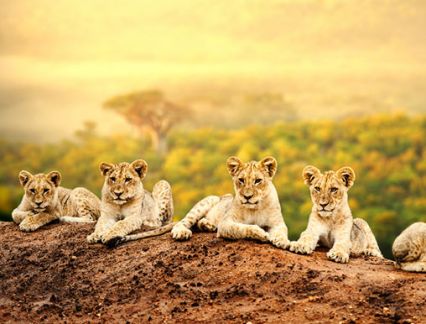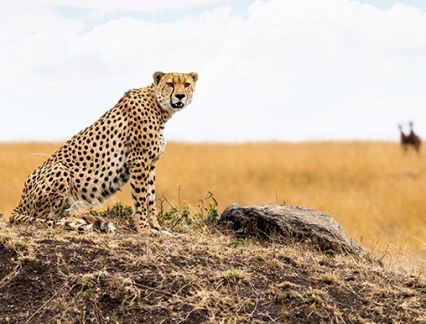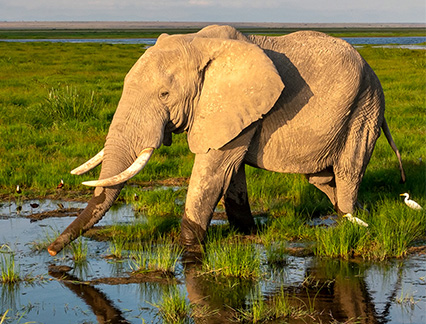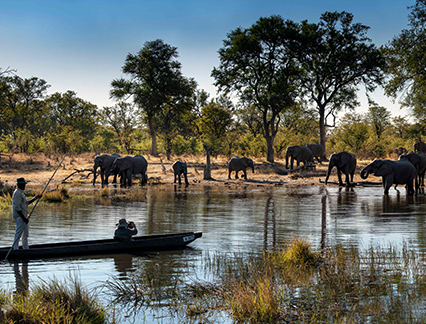Botswana Safaris
Glide in a mokoro through the waterways of the Okavango Delta, view the mighty Kalahari Desert’s ancient baobabs and meerkats, and discover Botswana’s beautiful landscapes and wildlife in the Chobe National Park, where immense herds of elephants can be found. A luxury safari to Botswana offers unmatched experiences.
Note: Tours are in order lowest to highest price. Itineraries without pricing are suggested itineraries and are on request.






